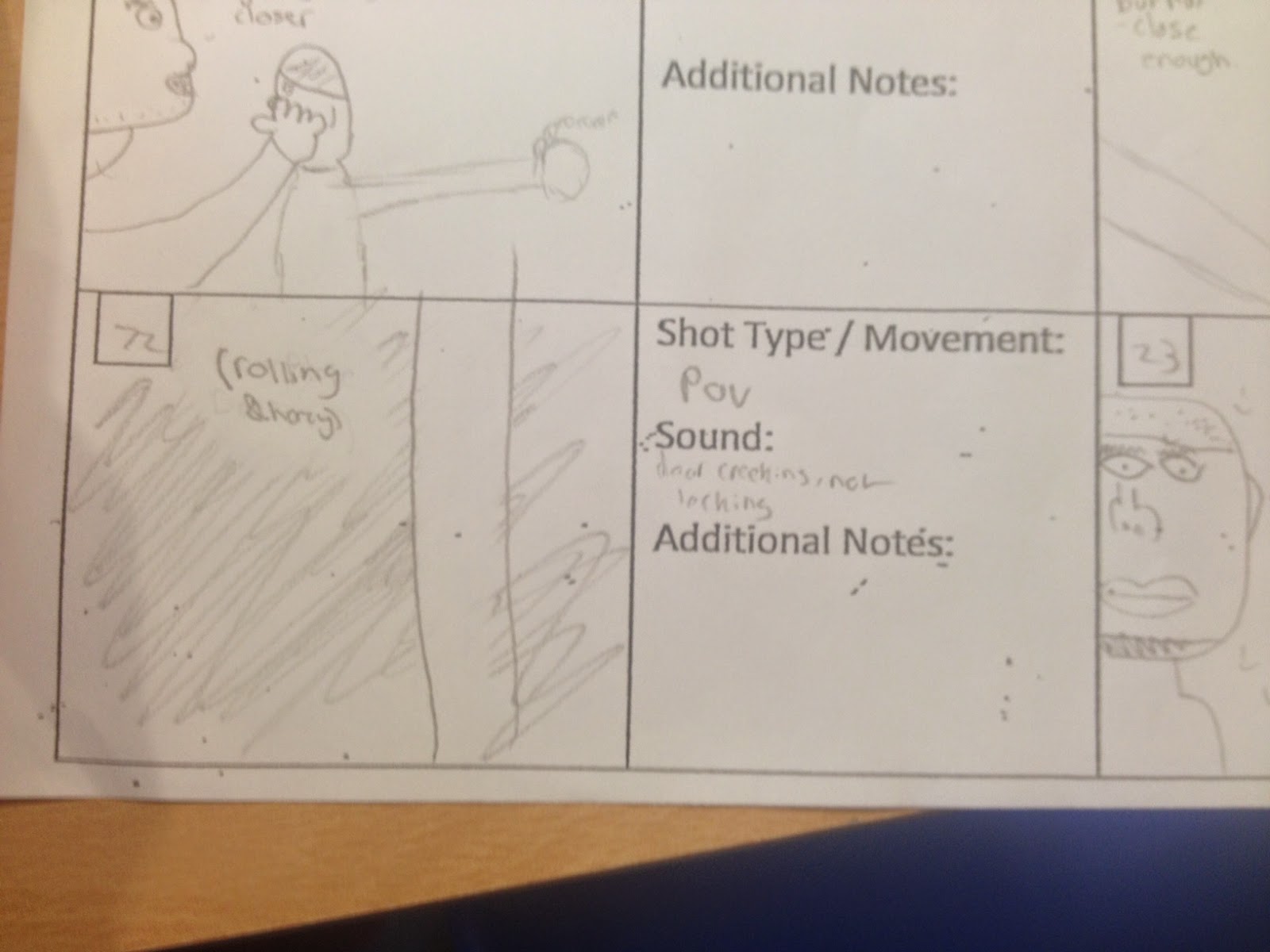Preliminary task
For our groups preliminary task we decided to make a short film based around drug dealing and being discovered by the undercover police as it was a thriller movie opening which we had to be working on in the end we thought that this would fit in nicely with the rest of it, the opening shot after the title uses a match on action transition not once but twice, during the first one we also include a fade as sam is seen going around the corner, the match on action itself is sam going around the corner and changing camera shots so that we get a different point of view on the scene while the action is still being performed.
We left out all of the dialogue between the characters as we had decided that it would be better to not use it mainly for the fact that we did not have a dead cat and there was a lot of wind interference during the recording of it so we decided to go without and actual audio from the scenes and just decided to edit any audio in which we would need such as music or sound effects. There are many numerous things which we can work on and improve when working on our later projects such as making sure we have a working microphone, looking at the weather before we go out to film during that day and we could also make things a bit more dynamic and could have added a bit more action or at least made it a bit more interesting by adding something a little bit more fast paced.
Match on action:
The match on action that we used was showing sam going around the in one continuos motion while switching camera shots, we did the same shortly afterwards while doing a match on action with Azimul as well, i believe that both match on actions were done well and look really nice with the editing together to make sure that it one continuos motion with no flaws i and no jolts within the motions.
Eye-line match:
The eye-line match that we did was during the scene where James looks past the camera and then it switches to the shot of destiny peeking over the wall, this is pretty well done as it begins with James looking at something off screen which the audience cannot see to begin with, but then the next shot is showing what the initial person was looking at.
We left out all of the dialogue between the characters as we had decided that it would be better to not use it mainly for the fact that we did not have a dead cat and there was a lot of wind interference during the recording of it so we decided to go without and actual audio from the scenes and just decided to edit any audio in which we would need such as music or sound effects. There are many numerous things which we can work on and improve when working on our later projects such as making sure we have a working microphone, looking at the weather before we go out to film during that day and we could also make things a bit more dynamic and could have added a bit more action or at least made it a bit more interesting by adding something a little bit more fast paced.
Match on action:
The match on action that we used was showing sam going around the in one continuos motion while switching camera shots, we did the same shortly afterwards while doing a match on action with Azimul as well, i believe that both match on actions were done well and look really nice with the editing together to make sure that it one continuos motion with no flaws i and no jolts within the motions.
Eye-line match:
The eye-line match that we did was during the scene where James looks past the camera and then it switches to the shot of destiny peeking over the wall, this is pretty well done as it begins with James looking at something off screen which the audience cannot see to begin with, but then the next shot is showing what the initial person was looking at.

































